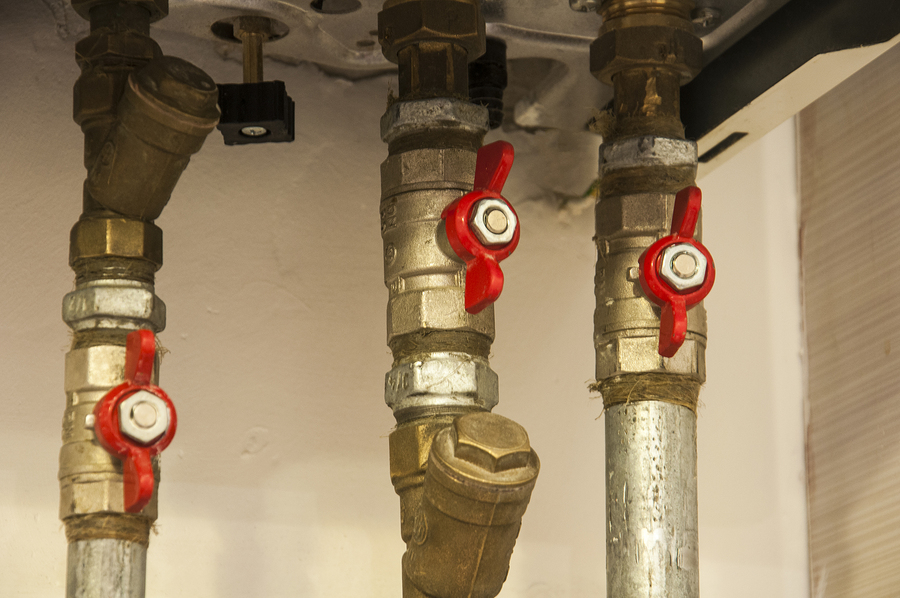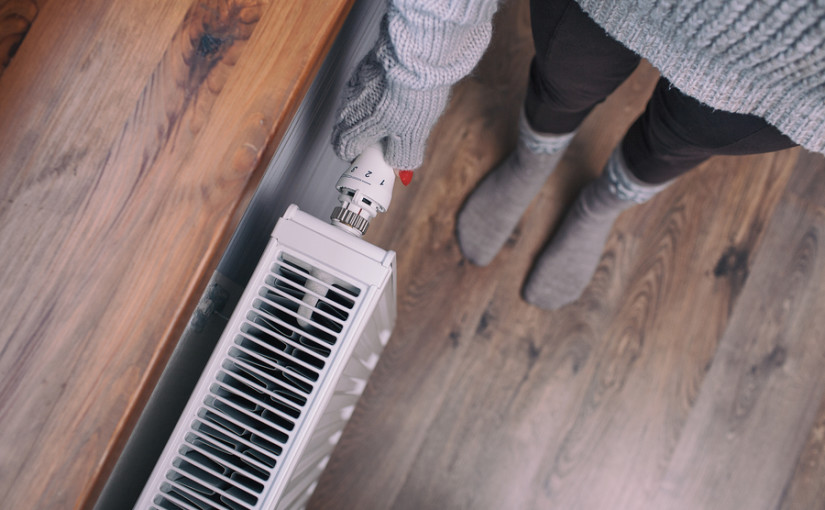Energy saving products sometimes suffer from poor public perception. It can be hard to look beyond the higher upfront cost of some eco-friendly products, while others may feel forced upon you, such as the ban on incandescent light bulbs or high-powered vacuum cleaners.
But the point that many people miss is that these are not just old second-rate technologies being forced into our homes; they are genuine innovations that mean we can get the same or better results with a fraction of the energy consumption.
The inevitable effect of that is that we use less energy to power these various devices, which is not only good news for the environment, but also good news for household utility bills.
Here are some of the usual suspects when it comes to energy saving products, and the impact they can have on your cost of living according to the Energy Saving Trust’s figures.
1. Light bulbs
Mention energy saving light bulbs and many people will immediately think of compact fluorescent bulbs and roll their eyes at the prospect of a dimly lit room for five minutes while the bulb warms up – but it’s not like that anymore.
Decent CFLs nowadays come on almost instantly, and run at up to 80% less energy than an incandescent bulb of the same brightness. LED bulbs are an alternative if you can’t get over your hatred of CFLs, and will save you up to £6 per year per bulb, and an average of about £35 per year per household.

2. Electrical appliances
This is a huge category of course, but there are a couple of general things to look out for.
Energy ratings are one, as they are not a universal measure of cost or consumption, but apply differently to each size or type of appliance – so a huge A-rated American-style fridge-freezer will still probably cost more to run than a smaller B-rated refrigerator.
Also consider smart electrical sockets if you have a smart meter, or timer switches if you don’t, so appliances are not left on overnight.
You can also manually switch things off at bedtime of course, and save a potential £30 a year.
3. Replacement boilers
You might be surprised by some of the guidance on boilers.
For instance, if you have a large family, a storage heater can be more efficient for your hot water supply – although you risk running out of hot water at times.
Storage heaters are also more compatible with solar water heating, as this can feed into your existing storage tank, so this is one case where the older technology is potentially better than a modern combi boiler.
Either way, replacing an old inefficient boiler with a new A-rated one equipped with a thermostat and heating controls could save £55-100 for a flat and up to £170-320 a year for a detached house.

4. Electric cars
There’s a huge number of costs, tariffs, grants and benefits to driving an electric car, so let’s just look at a couple – starting with fuel.
A petrol car costs about £15 per 100 miles to run in fuel alone, whereas the equivalent charge for an electric car typically costs less than £4.
If you cover 10,000 miles in a year, that’s about £1,100 saved.
You’ll also likely avoid having to pay any road tax at all, and if you live in London, you’re likely to get a 100% discount on the congestion charge too – at £11.50 a day that’s nearly £3,000 a year just counting the work days.
5. Generate your own energy
It’s still difficult to get a truly eco-friendly tariff from the major utility providers, but generating your own electricity at home is an option, albeit one with a fairly large upfront cost.
A home solar panel system can cost between £5,000 and £8,000, and saves you about £70 a year on your electricity bill; but with feed-in tariffs when you sell any excess energy back to the Grid, government grants for installation and the potential to pass on the cost

